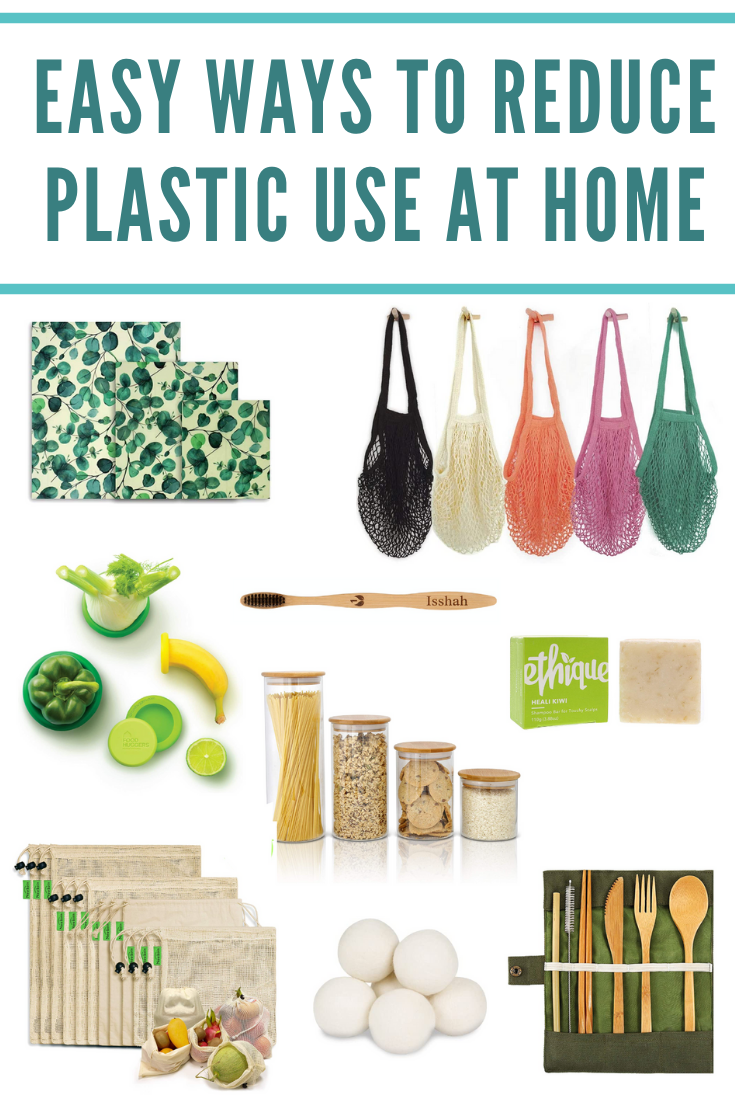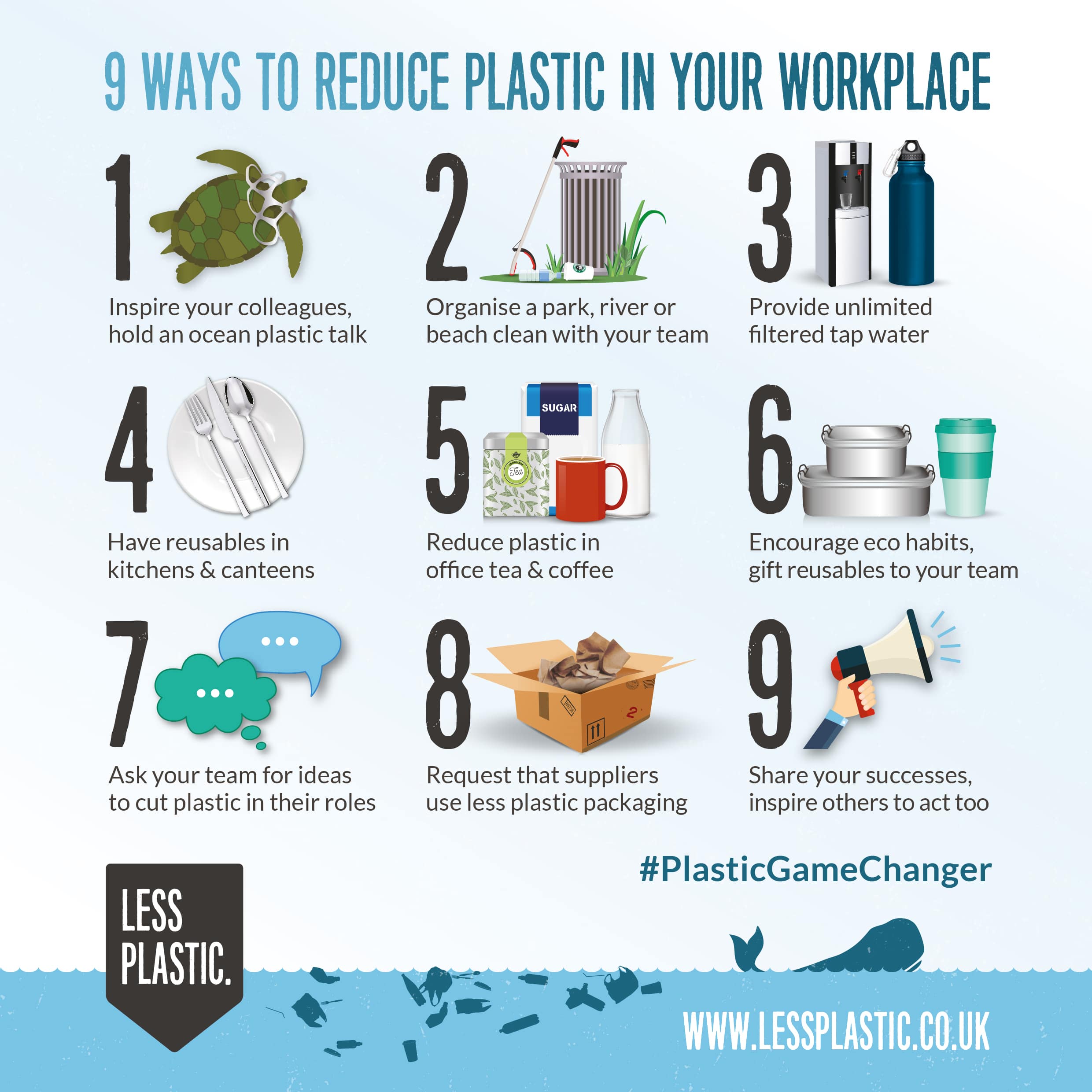Escape the Plastic Tide: A Creative Guide to Reducing Plastic Waste
The relentless tide of plastic threatens our oceans, landfills, and even our health. But you, armed with creativity and a little know-how, can dramatically reduce your plastic footprint. This isn’t about deprivation; it’s about a conscious shift towards a more sustainable, fulfilling lifestyle. Let’s dive into practical strategies to help you navigate a less plastic-filled world.
1. Kitchen Combat: Taming the Plastic Beast in Your Cooking
The kitchen is often the epicenter of plastic consumption. But with a little forethought, you can dramatically minimize waste. Swap single-use plastic bags for reusable alternatives, from stylish cotton totes to sturdy mesh produce bags. These aren’t just eco-friendly; they add a touch of charm to your grocery shopping.
Embrace reusable food containers. Glass and stainless steel are your new best friends. They’re durable, stylish, and far superior to plastic in terms of food safety. Say goodbye to cling film and hello to beeswax wraps – a natural, reusable alternative that adds a touch of rustic elegance to your kitchen.
Reusable Revolution: Kitchen Staples
| Item | Plastic Alternative | Benefit |
|---|---|---|
| Ziploc Bags | Reusable silicone bags | Durable, washable, and food-safe |
| Plastic Wrap | Beeswax wraps | Natural, reusable, and aesthetically pleasing |
| Plastic Bottles | Glass or stainless steel | Elegant, reusable, and keeps beverages fresh longer |
| Plastic Utensils | Bamboo or metal utensils | Sustainable, reusable, and surprisingly stylish |
2. Bathroom Bliss: A Plastic-Free Sanctuary
Your bathroom can be a surprisingly large source of plastic waste. Start by swapping out plastic shampoo bottles, conditioner containers, and shower gel for solid, bar versions. Not only are these more environmentally friendly, they often last longer and require less packaging.
Bamboo toothbrushes are a simple yet impactful switch. Many companies offer stylish, sustainable options. Consider a safety razor with replaceable blades instead of disposable plastic razors – a classic choice that’s both sustainable and economical.
For makeup, look for brands that use minimal or recyclable packaging. Refill your products whenever possible, and consider making your own natural skincare products using ingredients from your kitchen.
3. Grocery Guerrilla Tactics: Winning the Plastic War in the Aisles
The supermarket is a battlefield in the fight against plastic. Plan your shopping to minimize impulse buys of plastic-wrapped items. Choose fresh produce over pre-packaged options whenever possible. Bring your own reusable shopping bags, and don’t hesitate to politely request that cashiers avoid using plastic bags for loose items.
Support local farmers’ markets and zero-waste stores. These offer a fantastic opportunity to buy fresh, unpackaged produce and goods. You’ll also be supporting local businesses and reducing your carbon footprint through reduced transportation.
4. Beyond the Basics: Creative Solutions for a Plastic-Free Life
Think outside the box! There are countless creative ways to reduce your plastic consumption. Sew reusable cloth pads for menstruation, invest in a reusable water bottle, and refuse single-use plastic cutlery and straws. Make your own cleaning products using natural ingredients – it’s cheaper, healthier, and dramatically reduces plastic waste.
Remember, it’s not about perfection, but progress. Start small, celebrate your successes, and inspire others to join your journey. Every small step you take contributes to a larger wave of change, pushing back against the plastic tide and shaping a more sustainable future.

Additional Information
Reducing plastic use in daily life requires a multi-pronged approach, focusing on awareness, substitution, and systemic change advocacy. Here’s a detailed breakdown:
I. Awareness & Inventory:
-
Plastic Audit: Before making changes, conduct a plastic audit of your household. Track where your plastic waste comes from for a week. This reveals your biggest sources of plastic consumption (e.g., packaging, single-use items, toiletries). This data-driven approach helps you prioritize your efforts.
-
Understanding Plastic Types: Familiarize yourself with plastic resin codes (1-7) found on plastic products. Knowing the difference between recyclable and non-recyclable plastics helps make informed choices and understand the limitations of recycling. Many plastics, even if labeled recyclable, are not actually recycled due to contamination or logistical issues.
-
The Illusion of Recyclability: Recognize that recycling is not a solution to the plastic problem on its own. Focus on reducing consumption as the primary strategy, with recycling as a secondary measure for unavoidable plastics.
II. Substitution Strategies:
This section focuses on replacing plastic items with sustainable alternatives.
-
Food Shopping & Packaging:
- Shop in bulk: Buy grains, nuts, seeds, and other dry goods in bulk containers using your own reusable bags or jars.
- Choose unpackaged or minimally packaged items: Opt for loose fruits and vegetables, and products with minimal or cardboard packaging.
- Support local farmers’ markets: Farmers’ markets often have less plastic packaging than supermarkets.
- Bring your own bags and containers: Always carry reusable shopping bags, produce bags, and containers for takeout.
- Say no to plastic straws, cutlery, and plates: Carry your own reusable set.
- Choose glass or metal containers: Opt for products packaged in glass or metal over plastic whenever possible.
- Avoid individually wrapped items: Single-serve items often come in excessive plastic.
-
Household Items:
- Reusable water bottles & coffee cups: Invest in a high-quality reusable water bottle and coffee cup.
- Bamboo, wooden, or metal utensils: Replace plastic utensils with sustainable alternatives.
- Beeswax wraps & reusable food storage bags: These are excellent alternatives to plastic wrap and sandwich bags.
- Cloth napkins & towels: Replace paper towels and napkins with reusable cloth options.
- Solid shampoo, conditioner, soap, and detergent: These reduce plastic packaging compared to their liquid counterparts.
- Reusable cleaning cloths: These minimize the need for disposable wipes.
-
Personal Care:
- Bamboo toothbrushes: Replace plastic toothbrushes with bamboo alternatives.
- Safety razors: These are a more sustainable option than disposable razors.
- Bar soap: Choose bar soap instead of liquid soap in plastic bottles.
- Menstrual cups or reusable pads: Replace disposable sanitary products with sustainable alternatives.
- Refill your products: Find stores or companies offering refill options for products like shampoo, conditioner, and cleaning supplies.
III. Systemic Change Advocacy:
Individual actions are important, but systemic change is crucial for tackling the plastic problem effectively.
- Support policies promoting plastic reduction: Advocate for policies that ban single-use plastics, improve recycling infrastructure, and incentivize sustainable packaging.
- Contact companies: Let companies know you prefer plastic-free options and encourage them to reduce their plastic footprint.
- Support businesses that prioritize sustainability: Choose to shop at businesses committed to reducing plastic waste.
- Educate others: Share your knowledge and experiences with friends, family, and colleagues to inspire them to reduce their plastic use.
- Participate in cleanups: Volunteer to participate in local beach cleanups or other environmental initiatives.
IV. Addressing Challenges:
- Cost: Sustainable alternatives can sometimes be more expensive initially. However, many options are cost-effective in the long run.
- Convenience: Making sustainable choices often requires more effort initially. However, with practice, these habits become second nature.
- Accessibility: Sustainable alternatives might not be readily available in all areas. Support local businesses that offer these products, or shop online.
By combining personal changes with advocacy for systemic improvements, we can significantly reduce our plastic footprint and contribute to a healthier planet. Remember, every small change counts, and collective action is crucial for creating a meaningful impact.

